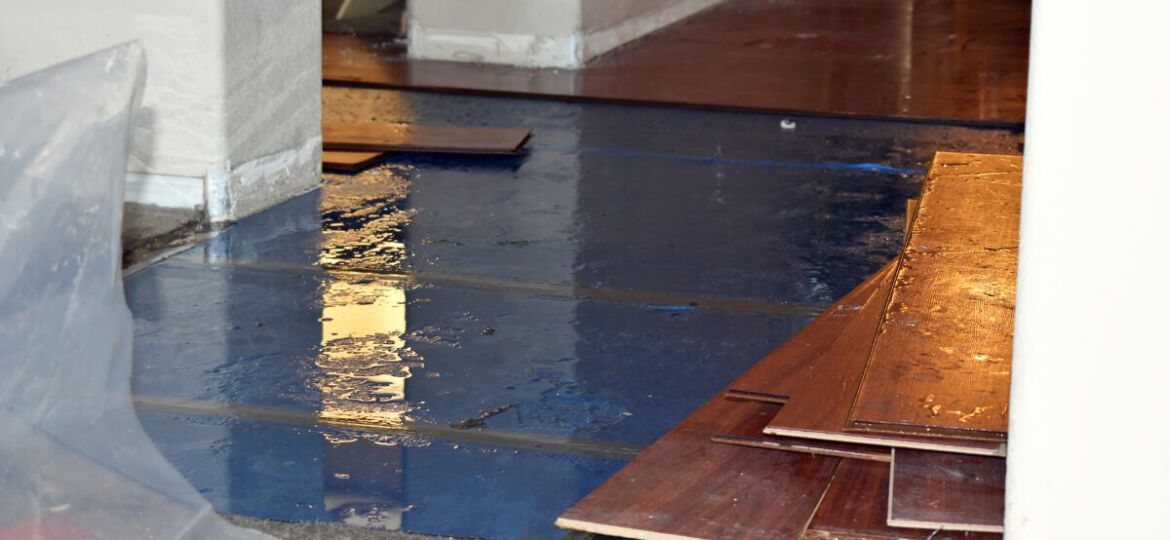
Weather shifts can be unpredictable and can pose a great risk to our safety as well as our property. From hurricanes and tornadoes to heavy rains and snowstorms, it is essential to take necessary precautions to stay safe and prevent potential damage. In this article, we will explore practical tips and advice on how to protect ourselves and our homes during weather shifts.
Stay Informed and Plan Ahead
One of the critical steps in safeguarding yourself during weather shifts is to stay informed. Monitor local weather forecasts regularly and pay attention to warnings and alerts issued by authorities. Develop an emergency plan that includes evacuation routes, emergency contact information, and a stocked supply kit. Being prepared will help you stay calm and act swiftly in any challenging situation.
Protect Your Home
a. Reinforce Doors and Windows: During weather shifts, strong winds can cause significant damage to doors and windows. Reinforce them with storm shutters or plywood to withstand the powerful impact.
b. Clear Gutters and Drains: Regularly clean your gutters and drains to prevent water buildup. Clogged gutters can lead to water damage during heavy rains, causing potential flooding.
c. Secure Outdoor Items: Secure or bring in any outdoor furniture, garden tools, or equipment that may get damaged or become dangerous projectiles in high winds.
Electrical Safety
a. Unplug Electronics: During severe weather, unplug electronic devices to protect them from power surges. Lightning strikes can cause electrical damage and pose a fire risk.
b. Use Surge Protectors: Install surge protectors to safeguard sensitive appliances and devices from electrical fluctuations during thunderstorms.
c. Avoid Water Contact: Keep away from electrical outlets, switches, and appliances if your home is prone to flooding. Water and electricity can be a dangerous combination.
Flooding Precautions
a. Elevate Important Items: Store valuable items, documents, and electrical equipment on higher shelves to protect them from potential flooding.
b. Install Sump Pump: Consider installing a sump pump in your basement or crawlspace to prevent water buildup in case of heavy rains or flooding.
c. Seal Cracks and Leaks: Regularly inspect your home for cracks, leaks, or weak points that could allow water entry. Seal them promptly to prevent water damage.
Property Insurance
a. Review and Update Insurance: Ensure that your property insurance policy adequately covers weather-related damages. Review your policy and consult your insurance agent if necessary.
b. Document with Photos: Take photographs or video footage of your home and belongings before any significant weather shifts. These visuals can serve as evidence when filing an insurance claim if damage occurs.
Conclusion
Staying safe and preventing damage during weather shifts is essential for every homeowner. By staying informed, planning, and taking necessary precautions, you can minimize the risks and protect yourself and your property. Remember, Water Damage America can help you in case of any unforeseen disaster. Stay safe, be prepared, and always prioritize your safety.

